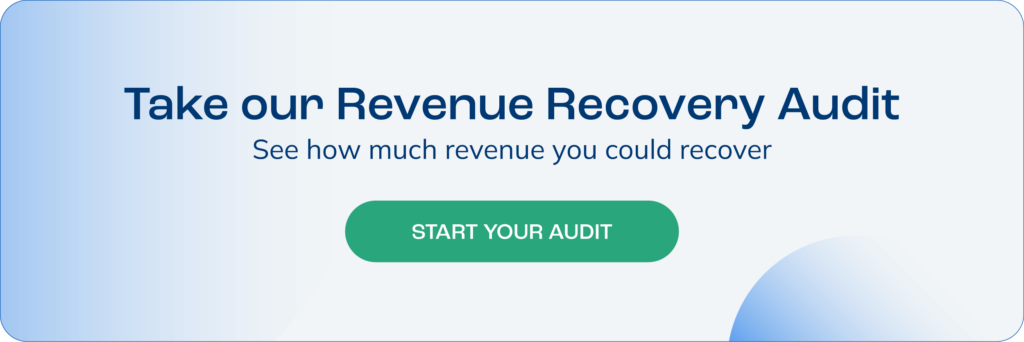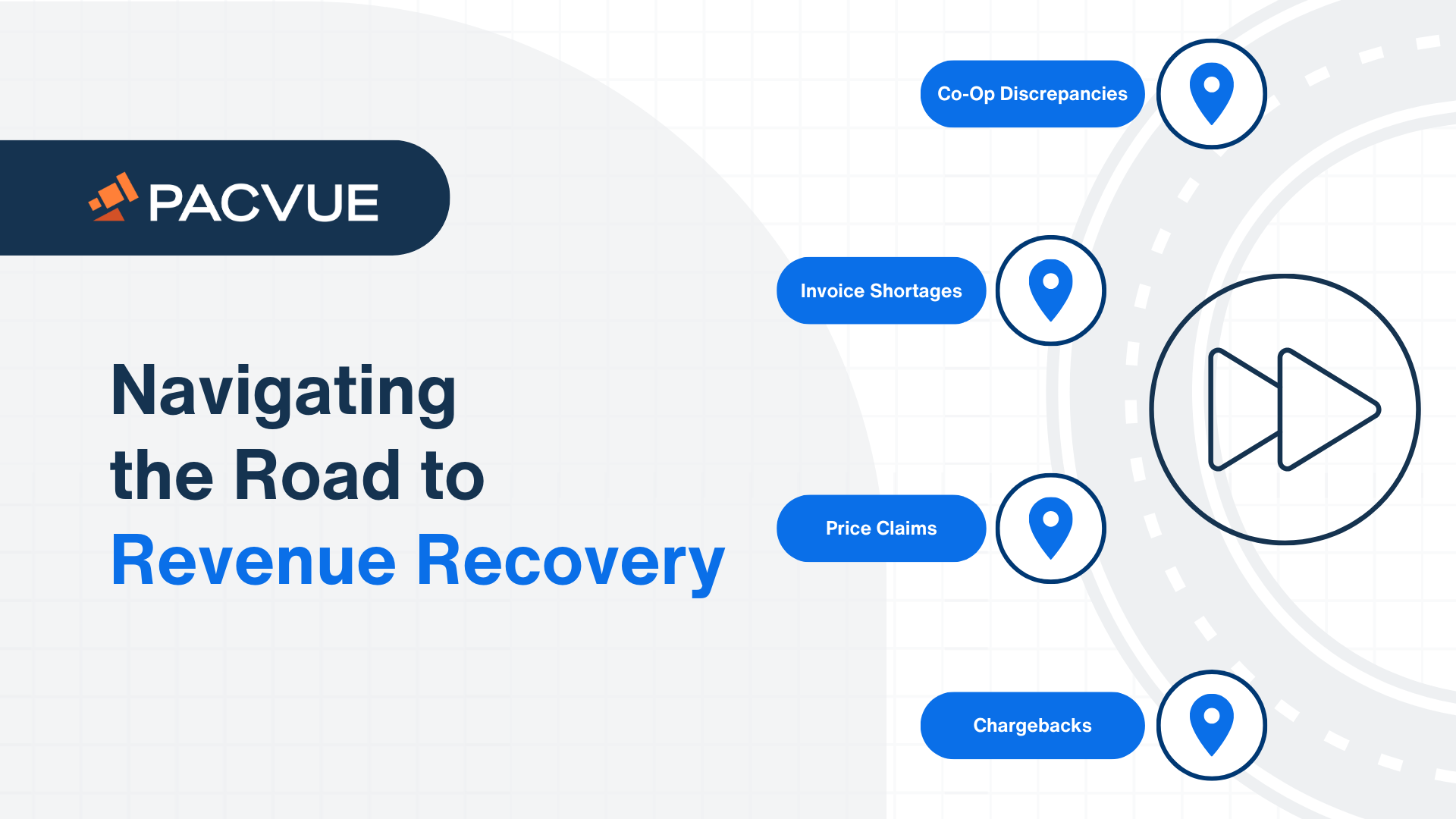Amazon’s influence on the retail media landscape is undeniable, boasting about 9.7 million sellers globally. This vast number underscores both the platform’s global reach and its intensely competitive environment. Among these sellers, over 150,000 rake in annual sales exceeding $100,000, affirming Amazon as the premier platform for accessing a significant pool of medium to large scale enterprise customers and generating substantial revenue. However, amid the seamless experience enjoyed by everyday consumers, vendors and sellers on Amazon’s platform grapple with the ongoing challenge of managing and sustaining their profit margins, often due to the complex rules.
Accounting and logistics errors frequently result in abnormal fees and fines for vendors and sellers, significantly impacting brand revenues. This profit leakage poses a considerable threat to companies’ success, prompting many to invest valuable hours in manual processes to track, manage, and rectify erroneous charges and fines. Failing to address these issues could leave brands hundreds of thousands, if not millions, of dollars out of pocket—funds rightfully theirs.
In this article, we’ll explore the hurdles faced by decision-makers and hands-on practitioners in reclaiming lost revenue. We’ll also offer strategies to tackle profit leakage among Amazon vendors and sellers by leveraging a potent combination of automation technologies and deep industry expertise. Additionally, we’ll outline the four major vendor dispute types to look out for and the benefits of utilizing an automated chargeback and reimbursement tool.
Challenges with Amazon’s Marketplace
For decision makers, like financial teams, account managers, and supply chain managers, the challenges posed by lack of visibility into outstanding balances and marketplace fees with Amazon can be significant. Uncertainty about owed amounts lead to financial inefficiencies, as accrued fees remain unresolved. Time constraints further compound the issue, as there is limited window of opportunity to file claims with Amazon’s which varies across regions and claim types. The manual nature of reconciliation adds to the complexity, increasing the likelihood of errors and missed opportunities for optimization.
Additionally, the lack of aggregated data across shipments, invoices, deductions, and final payments received for each purchase order creates further hurdles in financial management.
Revenue losses stemming from inventory management practices and unexpected charges and fines are another pressing concern. Manual and time-consuming processes for tracking and recovering inventory amplify the issue, leading to missed dispute deadlines and further financial setbacks. The inability to effectively address inventory discrepancies within logistical timelines poses a significant challenge, highlighting the need for streamlined inventory management solutions to mitigate revenue loss risks and ensure timely dispute resolution.
Road to Revenue Recovery
Revenue loss to Amazon is a common challenge for many organizations. Being aware of profit leakage is the first step towards addressing it effectively. Brands that win in the retail space have implemented tools like Pacvue Commerce’s Revenue Recovery feature that can streamline and automate the process of recovering lost revenue. This proactive approach is essential for organizations looking to minimize revenue loss and maximize profitability.
Understanding the various vendor dispute types and implementing effective management strategies is crucial for brands looking to overcome challenges in this area.
4 Vendor Dispute Types and How Pacvue Simplifies the Process
Co-op Discrepancy
The accrual deduction is not aligned with the Co-op agreement between the vendor and Amazon.
Pacvue Process: Our technology automates Co-Op agreement reconciliation and detects overcharged invoices, ensuring accuracy and eliminating human error. Our service team then disputes the overcharged amount, which is researched by Amazon for approval or denial. Approved amounts are reimbursed within 1-2 weeks, maximizing returns within a limited 2-year window.
Price Claims
The differences between ASIN price on the PO/Invoice and the ASIN price from Amazon’s payment to vendors.
Pacvue Process: Our technology automatically reviews all historical price variances, comparing price change history with the same vendor code to identify discrepancies. Disputes are automatically submitted when a genuine price variance is detected. Amazon then researches and approves or denies the dispute. If denied, Pacvue automation submits an Amazon case ticket. Approved amounts are reimbursed within 1-2 weeks, with an unlimited look-back window ensuring all disputes are reclaimed regardless of historical length.
Invoice Shortage
The differences between the units the vendor shipped, and the units received by Amazon.
Pacvue Process: All historical Shortage Invoices are automatically reviewed, with clients having the option to provide BOL/POD. Disputes are submitted with or without BOL/POD, depending on client preference. Amazon investigates the inventory, and if the missing quantity is found, the dispute is approved. If denied, Pacvue automation submits an Amazon case ticket. Clients can choose to provide BOL/POD or not, with an unlimited look-back window ensuring all disputes are reclaimed regardless of historical length.
Chargebacks
Amazon imposes fines on vendors due to violations of their operating policies.
Pacvue Process: The Pacvue service team reviews and researches the latest 30 days chargebacks, identifying invalid charges and submitting disputes with collected evidence. Amazon investigates the dispute and approves/denies it, with approved amounts reimbursed within 1-2 weeks. This process operates within a 30-day dispute window.
Who benefits from Revenue Recovery?
Financial Manager
Precise accounting procedures are necessary to ensure financial accuracy and compliance, especially when resolving marketplace fees. Understanding the costs and processes of revenue reconciliation, as well as setting up automation solutions across dispute types, is essential.
Having an enhanced visibility into invoice deductions enables brands to better understand profit leakage and ASIN-level profit and loss. With this level of transparency, brands can make informed decisions and significantly reduce margin loss resulting from Amazon’s accounting errors. Additionally, a streamlined process saves resources and money required for revenue tracking and recovery.
Account Manager
Keeping up with Amazon’s ever-evolving requirements and programs, coupled with time-consuming manual sales-related tasks is important for building brand success. Managing various Amazon and overall sales tasks simultaneously presents a significant challenge, highlighting the need for streamlined project management solutions to optimize efficiency and reporting capabilities across the business.
Leading brands utilize comprehensive and centralized platforms for managing revenue recovery disputes which can offer clear and consolidated views of performance and status. With precise tracking and efficient resource allocation, brands can streamline operations and enhance profitability. Revenue Recovery stands out for its ability to identify opportunities to recover lost funds by leveraging advanced automation technologies and expert insights to optimize the dispute process. This leads to higher success rates in resolving disputes, ultimately strengthening bottom lines and enriching a business’s overall value proposition.
Supply Chain Manager
Manual data gathering and complex reconciliation processes are burdensome tasks for anyone in the supply chain. The challenge of addressing inventory discrepancies within logistical timelines underscores the importance of streamlined inventory management solutions. These solutions are essential for mitigating the risk of revenue loss and facilitating timely dispute resolution.
Integrated dashboards offer supply chain managers invaluable insights, streamlining and enhancing efficiency in accounting and revenue recovery. Through automation, discrepancies like invoice shortages and chargebacks are resolved swiftly, saving time and boosting process effectiveness. Leveraging AI and ML technologies accelerates revenue recovery, freeing up resources for strategic initiatives and efficiency improvements.
Conclusion
In the ever-evolving world of eCommerce, sellers and vendors on platforms like Amazon face a myriad of challenges, from navigating complex rules to grappling with accounting errors and unexpected fees. This profit leakage not only impacts the bottom line but also poses a significant threat to overall success. For decision-makers like financial teams and supply chain managers, the lack of visibility into outstanding balances and marketplace fees adds another layer of complexity, leading to financial inefficiencies and missed opportunities for optimization.
However, innovative solutions like Pacvue Commerce’s Revenue Recovery feature are empowering brands to take control of their finances and streamline the recovery process. By understanding the various vendor dispute types and implementing effective management strategies, brands can minimize profit losses and maximize profitability. With enhanced visibility into invoice deductions and centralized platforms for managing revenue recovery disputes, brands can make informed decisions. Through automation and leveraging AI and ML technologies, the path to revenue recovery becomes more efficient, freeing up valuable resources for strategic initiatives and efficiency improvements.
Learn More
Unlock potential profit recovery through a complimentary audit, supported by Pacvue’s team and AI-driven automations.














